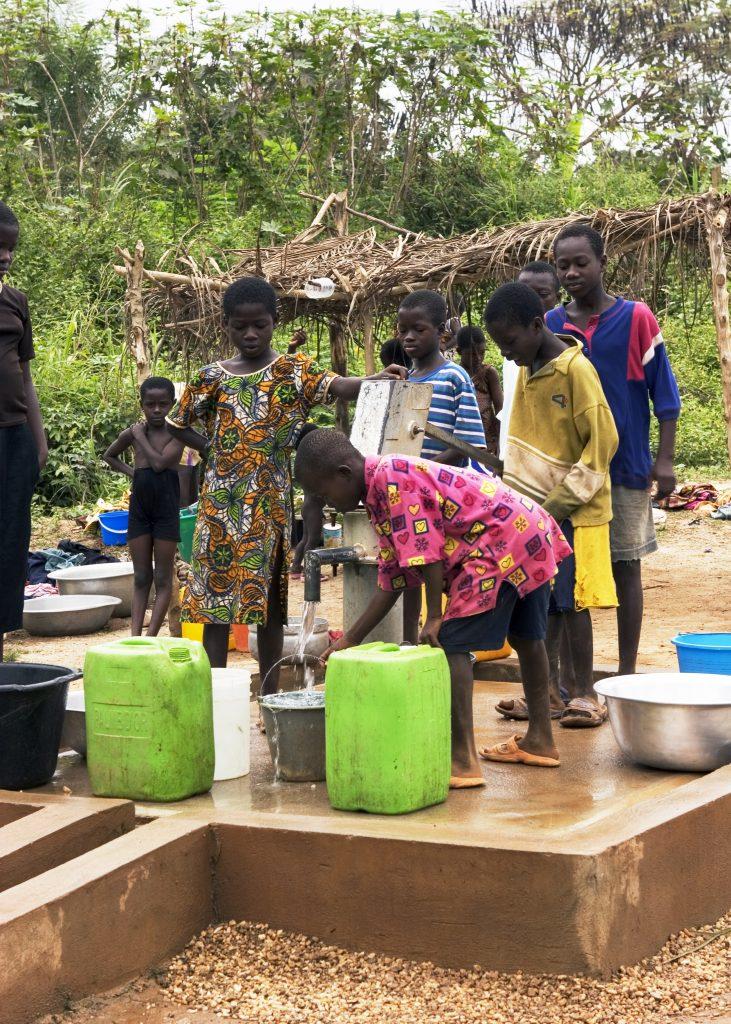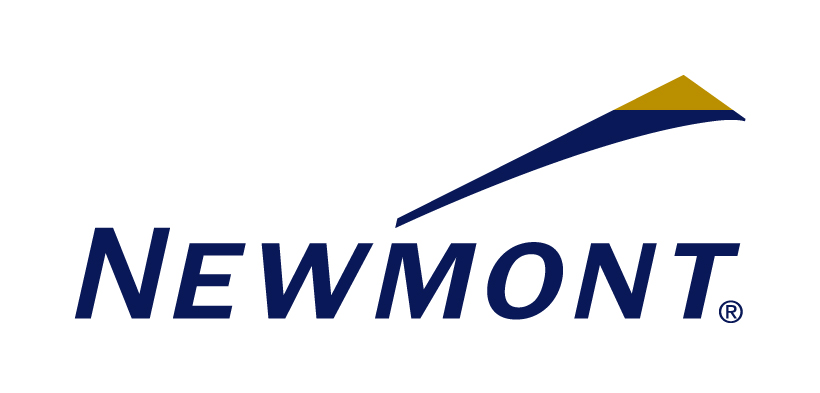Newmont Engages Stakeholders for Improved Watershed Management

As part of the Newmont water management strategy, regions are completing evaluations of their watershed to develop methodology that are in line with the ICMM guidelines on Catchment based water management for the mining and metals industry. These guidelines were developed to help with examining activities and issues within the entire watershed, taking into account hydrology and land use as well as the broader political, economic, social and ecological dynamics. The methodology is meant to aid in understanding all of the influences on water availability and quality, and in identifying key stakeholder risks and opportunities that should be prioritized and addressed throughout the life cycle of the mine.
Each operating site has been asked to develop an assessment of its watershed(s). As part of this development, each Newmont region and/or site has developed Stakeholder Engagement Plans. These plans define stakeholders as those who have shared interests directly or indirectly within the watershed and they provide guidance for liaising with and informing the various stakeholders and interested parties.
The North America region has developed an engagement strategy and tracking system to outline the general engagement activities planned. The key related activities that have been defined are:
- Internal and external stakeholder outreach and dialogue
- Regulatory engagement
- Newmont Investment System implementation
- Local and regional community investment
- Global water strategy
- Social impact assessments
Stakeholders have been identified and classified by engagement level and influence. Engagement mechanisms were then identified along with specific meeting times and dates. As part of this development, the North America region assessed that the Humboldt River Basin Water Authority (Authority) plays a key role in the watershed. As such, the North American region, working closely with the Nevada Mining Association, requested and was granted a position on the board of the Authority to represent mining’s significant role in the basin.
The Authority was established more than 20 years ago as the result of various conflicts in the basin. The Humboldt River Basin covers the greater part of northern Nevada, includes 34 individual watersheds and spans approximately 17,000 square miles. Board participants include commissioners from all five counties in the basin and personnel representing mining and ranching interests, all of whom are key stakeholders. The Authority meets once every quarter to discuss ongoing regulatory issues, water rights applications, drought and many other concerns that affect users in the basin.
By participating, Newmont has developed working relationships with members of the Authority, and used this as a conduit for providing information to stakeholders in the basin on Newmont’s and the mining industry’s views on watershed management, now and in the future. We have also supported sound management in the basin by providing reviews and input on the development of regulations and guidelines for water use and rights, including the following:
- Working with the Authority and the State Engineer to develop a mechanism to assign water rights to account for basin losses associated with pit lake evaporation.
- Supporting research for new proposed water use regulations in the basin aimed at managing groundwater and surface water as a single resource.
- Providing advice, along with several other mining companies.
- Sharing our groundwater models in support of the State Engineers efforts.
- Presenting and discussing on regulations that may impact management of the basin, through participation with the Governors’ Drought Forum and Legislative Subcommittee to Study Water.
This interaction with the Authority and other stakeholders is an example of Newmont’s continued commitment to water stewardship for both the business and those impacted by mining, now and in the future. The work with the Authority has resulted in a mutually beneficial relationship for both Newmont and the stakeholders as we continue to actively collaborate on the best way to manage the watersheds where we operate.

